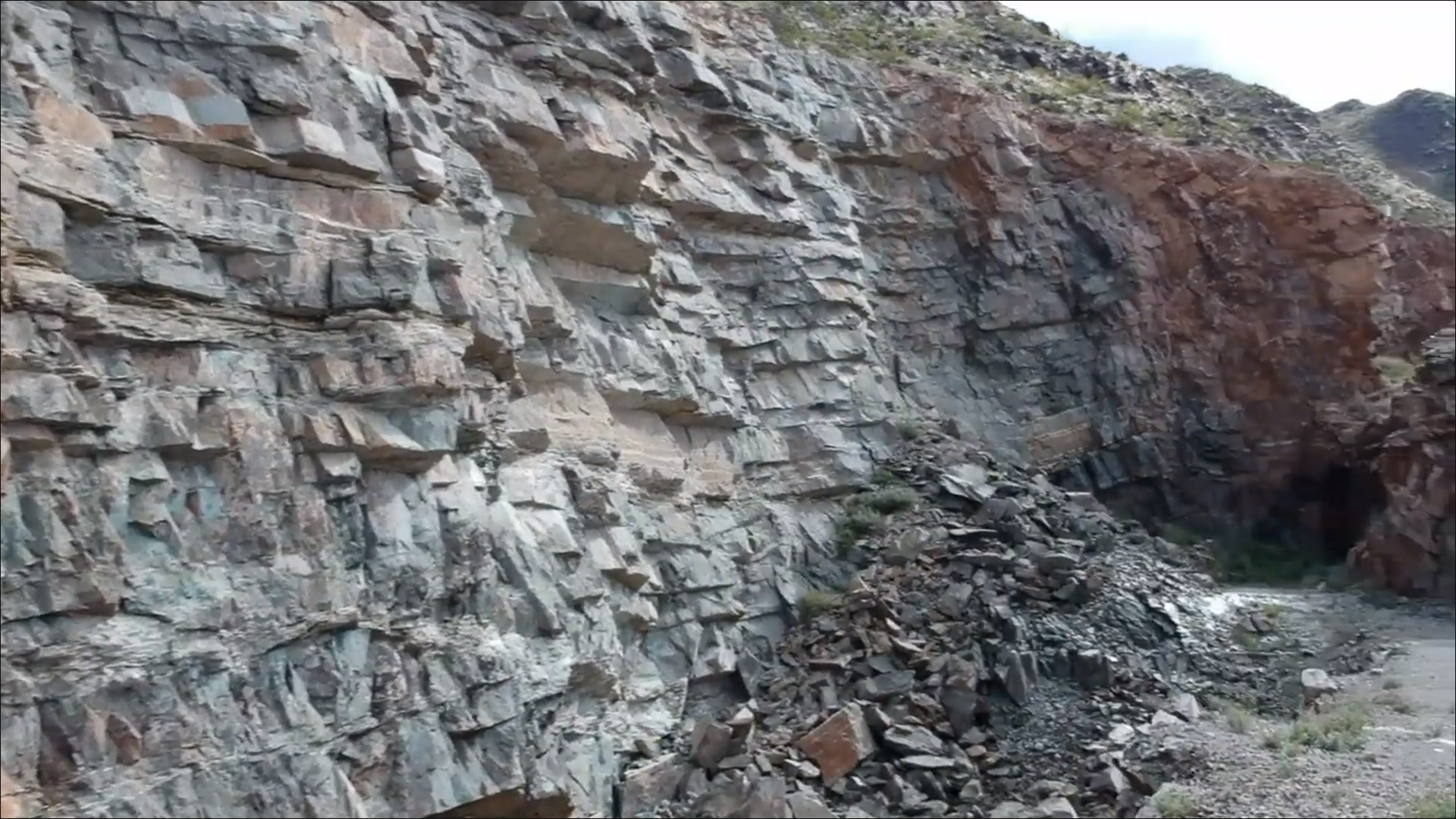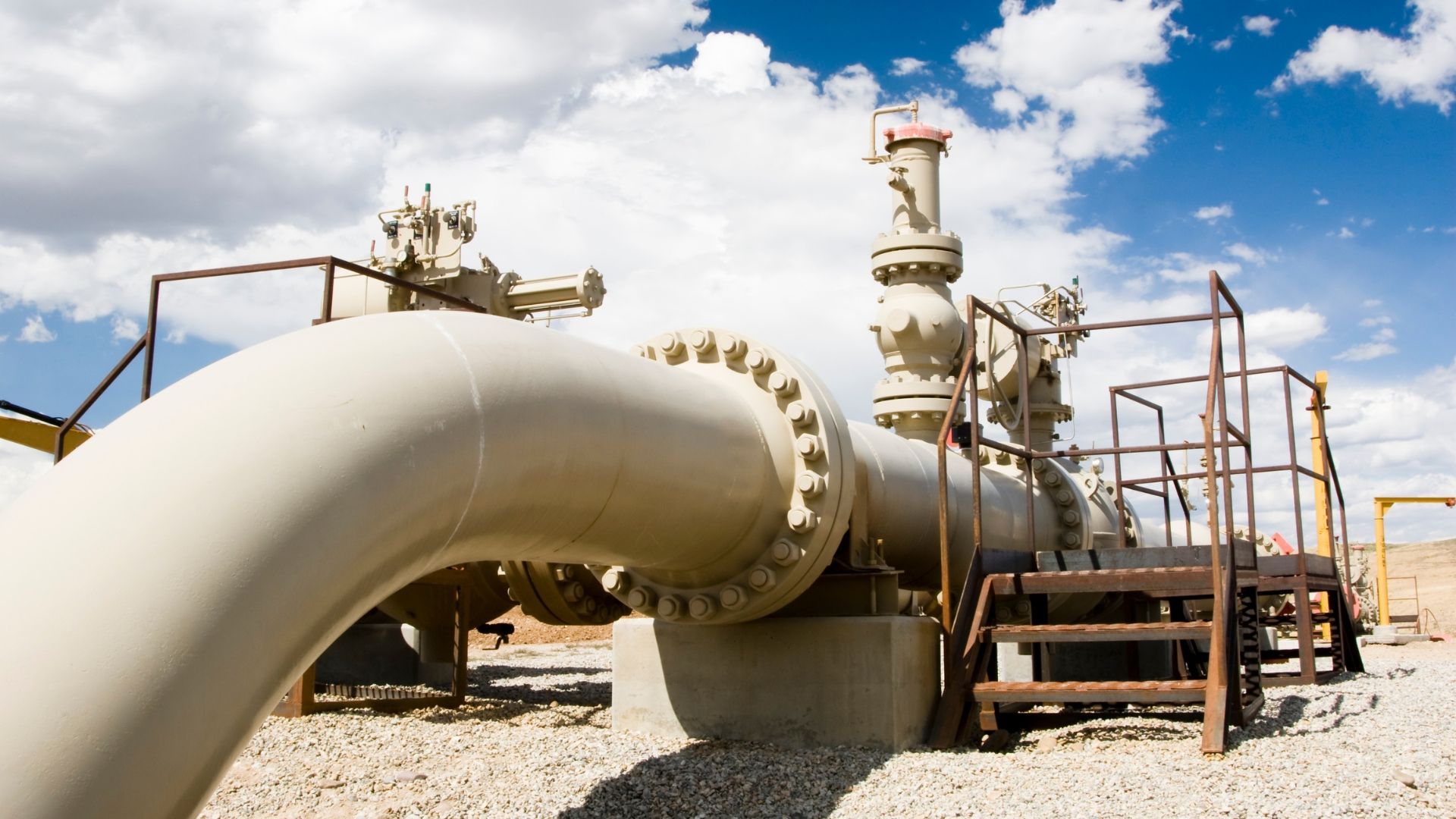VVC Exploration Corporation ("VVC" or the "Company") (TSX-V:VVC) announced that its wholly owned subsidiary, Plateau Helium Corporation ("PHC"), has begun producing helium from five (5) wells located on two (2) of PHC’s properties. PHC is also already selling helium and methane into the market through the Ladder Creek Helium Processing Plant ("Ladder Creek Plant") via the Tumbleweed Midstream Pipeline system ("Tumbleweed Pipeline").
Four of PHC’s five wells were acquired from Monarch Petroleum and are located in the Byerly Gas Field, and are past producers. The fifth producing well is on an adjacent property previously added to the Syracuse Helium Project. These five wells are now producing and are connected to the Tumbleweed Pipeline which transports the gas to the Ladder Creek Plant for sale into the market.
"We are extremely excited that VVC has transitioned from an exploration and development company to a production, development and exploration company," VVC Chairman Terrence Martell commented. "Step one was the acquisition of PHC late last year. Today, we are announcing the completion of step two: bringing the first wells into production and selling helium and methane gases. The Company is now focused on step three: production expansion and profitability which we expect in the very near future. Generating revenue has always been our goal and we are pleased to add this new segment to our portfolio, while we continue to drive our copper exploration and development program in Mexico."
Other producing wells should be added later this quarter.
Producing Wells:
a) Syracuse Project Extension - Levens 2-31: PHC acquired the Levens 2-31 well and an additional 640 acres as an extension to its existing Syracuse Project leases in Hamilton County, Kansas. Originally drilled in 1987 by Dome Petroleum Corporation and completed in the Chase Group gas zone at 2,393 – 2,400 feet. After encountering mechanical problems, the well was shut-in in 2016 and has remained so until acquired by PHC.
Plateau moved a workover rig to the well and successfully resolved the problems with the well. The wellhead and meter were repaired and electric service was restored. Subsequently, the well was turned on and it immediately showed a casing pressure of 55 psi. The well was then opened to the Tumbleweed Pipeline which transports the helium rich gas to the Ladder Creek Helium plant. Note, that in 2008, based on a Shamrock Gas Analysis, the Levens 2-31 well produced gas with a 1.273% helium concentration.
b) Monarch Petroleum Wells: PHC acquired the Kansas assets of Monarch Petroleum Corporation in April 2021 (see News Release). These assets include six fully equipped wells located within the Byerly Field, in Greeley County, Kansas. These wells were shut-in by the previous operator because of low gas prices and have remained so until acquired by PHC.
PHC made minor repairs to four of the six wells and restored electric power service. These wells are also connected to the Tumbleweed Pipeline and have begun producing helium rich gas which is being delivered to the Ladder Creek Plant for processing.






